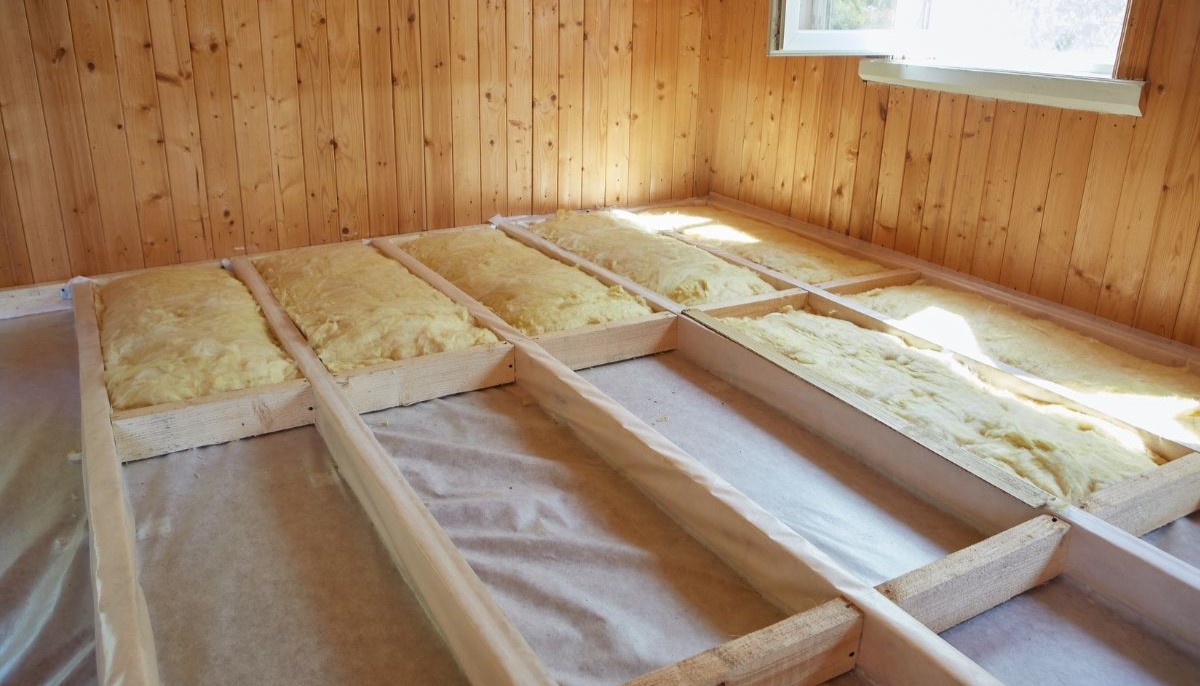Insulation is brilliant and I love it. And I’m not alone. Everyone agrees that it’s the single best way to save energy in your home. Ofgem says it is, and Which. It can save you over £1000 a year.
Insulation might not be glamorous, but it’s crucial. Having bad insulation is like playing with no goalkeeper. You can buy all the eco gadgets and Teslas and heat pumps you like, but if your house has no insulation you’d be staggered how much heat is lost.
I’ve said ‘Insulation’ but in fact it takes many forms. And they all have different costs. Let me explain.
What is the cost of home insulation?
Insulation costs for an average UK home are:
- £300-£900 for loft insulation
- £400-£5000 for roof insulation
- £1000-£20,000 for wall insulation
- £500-£5000 for floor insulation
You can see a more detailed explanation in the graphic below:
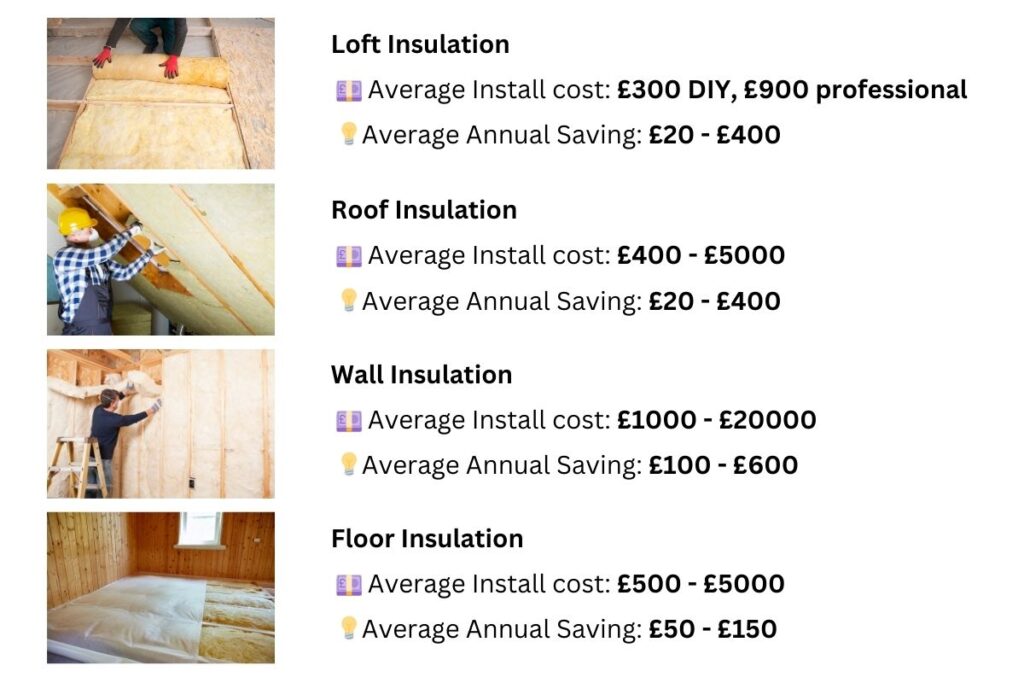
Unfortunately, this is where it gets complicated.
Types of insulation explained
There are four main types of insulation: loft, roof, wall, and floor.
In other words: the different sides of your home. Each of these has subcategories, but I’ll try and keep it as clear as possible.
What is loft insulation and is it worth it?
Loft insulation goes on the floor of your loft. And yes, it is definitely worth it.
Houses are supposed to have 270mm of insulation on the floor of the loft. But most old houses only have 100mm, and some have no insulation at all.
If you have less than 270mm you should almost certainly top it up. It’s the best in terms of bang-for-buck energy savings. From personal experience, it’ll also make the house feel a bit toastier in winter.

Loft insulation can cost about £1000 if you get a pro to do it. However, it’s totally doable on your own, and you’ll save £100s.
It’s a bit grubby, and it took me a Saturday afternoon, but it really is as simple as rolling material between the joists (and not falling through the ceiling). The only cost is the insulation roll, which, when I checked on B&Q, is about £5 per m2 for 170mm, or £8 for £270mm. That’s £250-£400 for the average loft.
What is wall insulation and is it worth it?
Wall insulation has three main types: cavity, internal, and external.
They can all save you considerable amounts of money in energy savings, up to £600 a year. However, they will cost a few thousand pounds upfront.
A cavity wall is a wall made of two parallel walls, rather than just one. Cavity wall insulation goes between the two individual walls, and stops heat loss. Cavity wall insulation is common in properties built after 1990, due to improved building regulations.
If you have a cavity wall, but no insulation between them, this is an easy win. Generally the solution is to drill holes in the outer wall, and then blow polystyrene beads into the cavity. The whole job takes a few hours, and can cost as little as £1000.
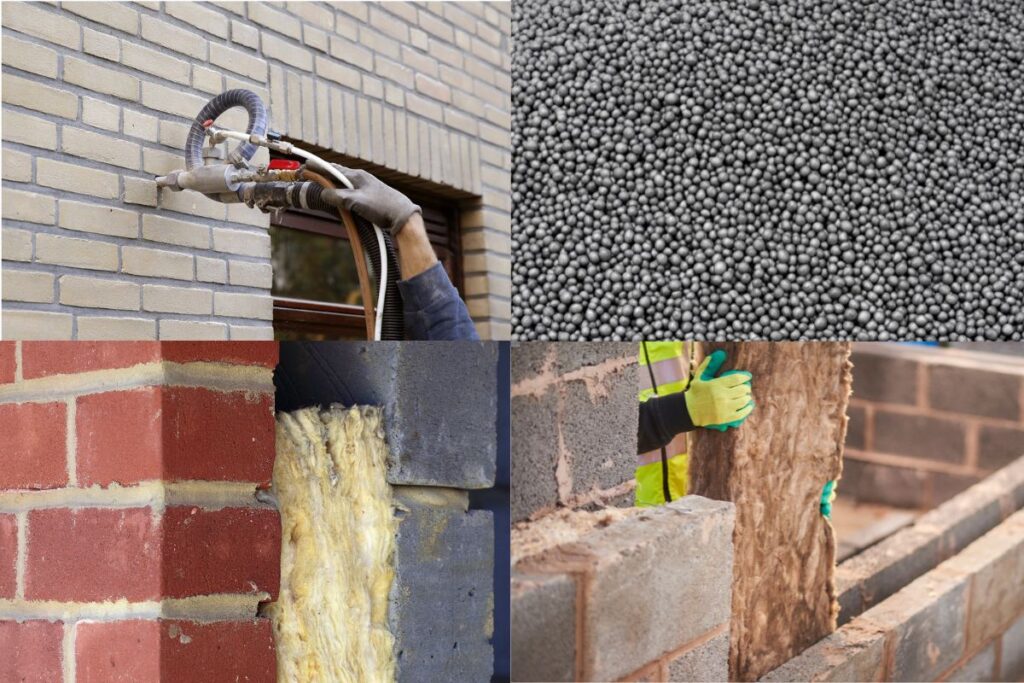
But what it you don’t have a cavity wall? You’ll need to invest in either internal or external insulation. These are more pricey, as they will require more building work.

Internal wall insulation is created by adding battens (timbers) in a grid to your internal walls. Insulation is then placed between them, and the whole lot is plastered.
The cost depends on house size, but the going rate is around £40-£50 a square metre. For the average UK house you could expect to pay around £7500, or £1000-£3000 per side of the house.
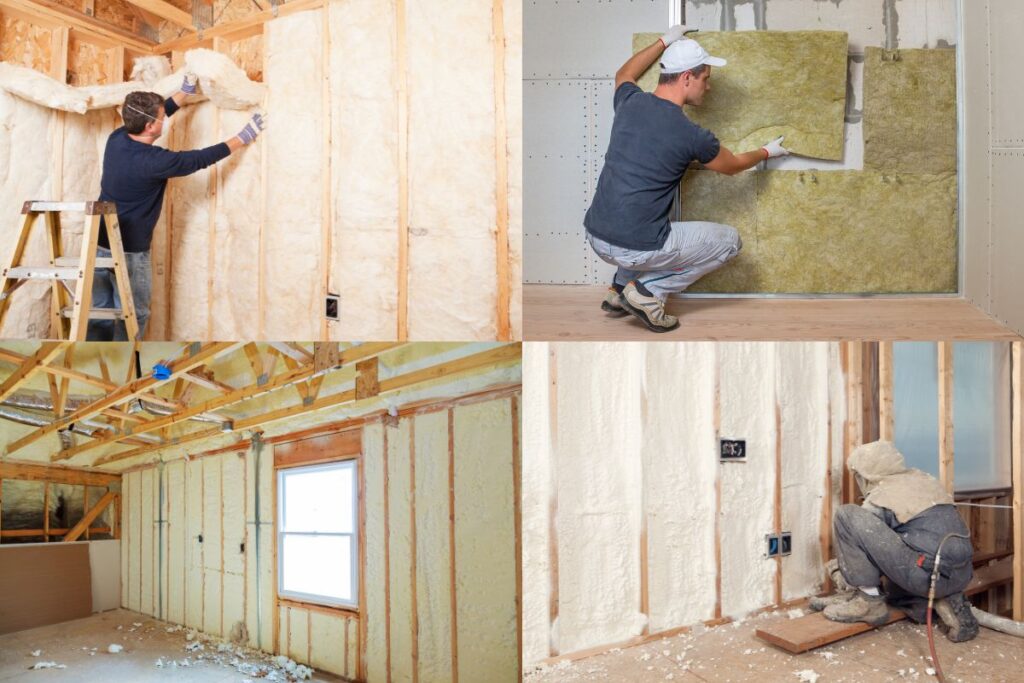
Internal wall insulation has its downsides. It reduces the size of the room. It can cause damp (if done wrong). And it can also be tricky if your room has particular details on the windows or cornice.
That said, it’s often the best (and most cost-effective) option for older properties. And you can DIY if you’re particularly handy.
External wall insulation is just as it sounds – carpeting the outside of your home with insulation, and then covering over with render or other cladding material.

It’s a big job. It usually requires scaffolding. It’s expensive, up to £20,000. However you’ll get excellent energy saving, won’t impact the inside of your home, and you’ll get a fresh coat for the outside too. This is not a DIY job. Best place to start is to get a few quotes from proper builders.
What is roof insulation and is it worth it?
Roof insulation is a confusing term, sometimes conflated with loft insulation. I’ll be using roof insulation to mean ‘the insulation that goes in your roof, above the loft space’. See diagram for clarity:
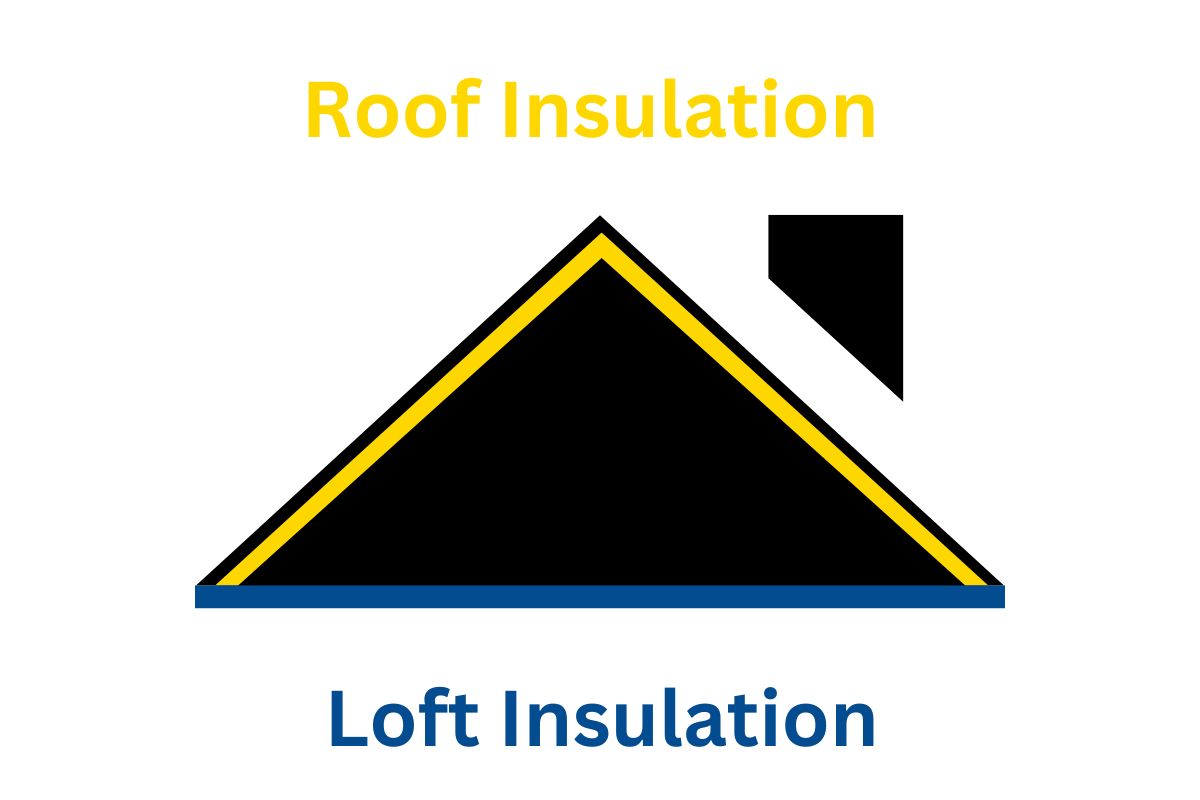
Roof insulation is used to create a ‘warm loft’. This is necessary if you want to convert your loft to a living space. In this case it’s 100% worth it, and can add value to your home too.
However, if you’re simply looking to put an insulating cap on the top of your house, normal loft insulation (and a ‘cold loft’) are more cost-effective.
The material used is generally rigid insulation boards. These sit between the rafters, allowing some ventilation.
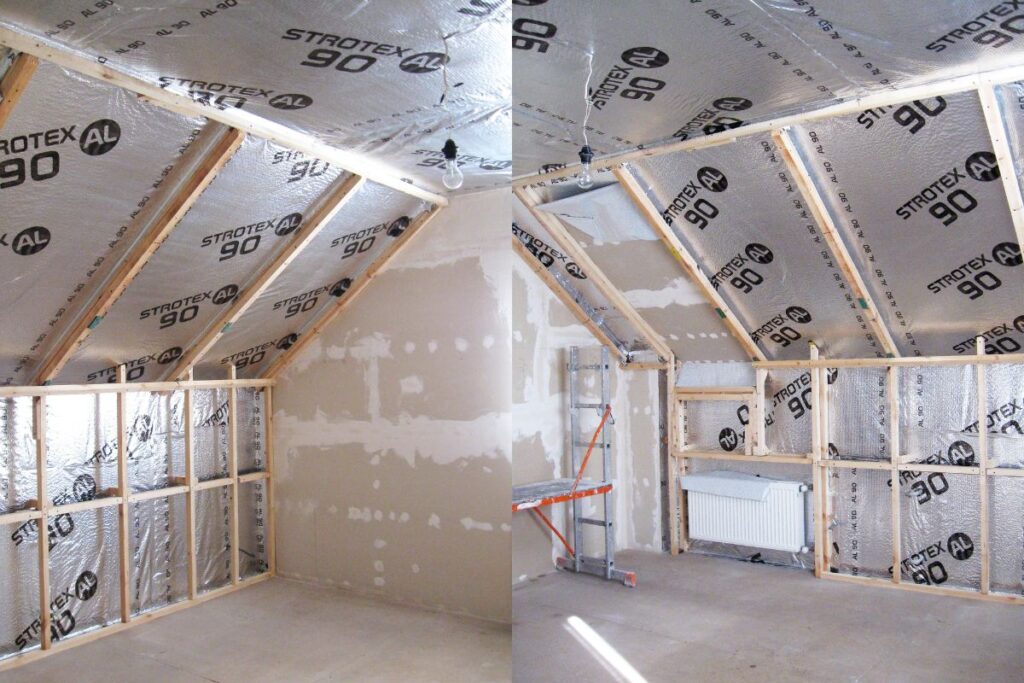
Damp is often a problem with warm lofts, as loft spaces are designed for some air flow. Which brings us onto… spray foam insulation.
Spray foam insulation is another method of insulating lofts. Foam is pumped on the underside of the roof, which then hardens. It’s super-insulating, and quick. However there are some downsides to spray foam:
- It can cause damp if not applied directly
- It can affect your mortgage application
I thought this might all be doom-mongering, however after a lot of googling and reading forum comments, it looks like it’s often true: mortgage companies don’t like spray foam insulation. It can hide structural damage to the rafters, caused by the damp.
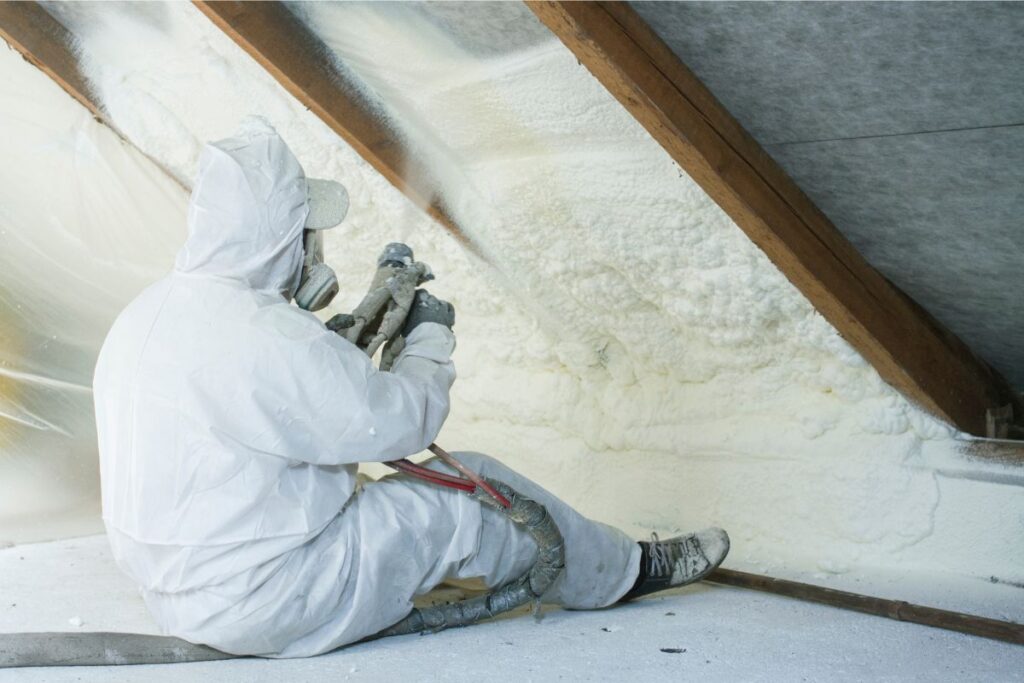
That doesn’t mean all spray foam is bad. There are two main types – open cell, and closed cell – and the problems tend to be associated with closed cell foam.
It also isn’t terminal for a mortgage. You can get an inspection of the rafters by a surveyor, or even get the spray foam removed – but of course both come with a cost.
What is floor insulation and is it worth it?
Floor insulation is the final type. It’s probably the least common alteration, as most houses already have some sort of floor insulation. However it is relevant in a couple of specific cases.
- If a room is above an unheated space, such as a garage
- If you’re converting a garage or other unheated space to a room
If your house has suspended wooden floors, you can sometimes lay insulation between the joists. You will need to raise the floorboards and make sure not to block any ventilation such as air bricks.
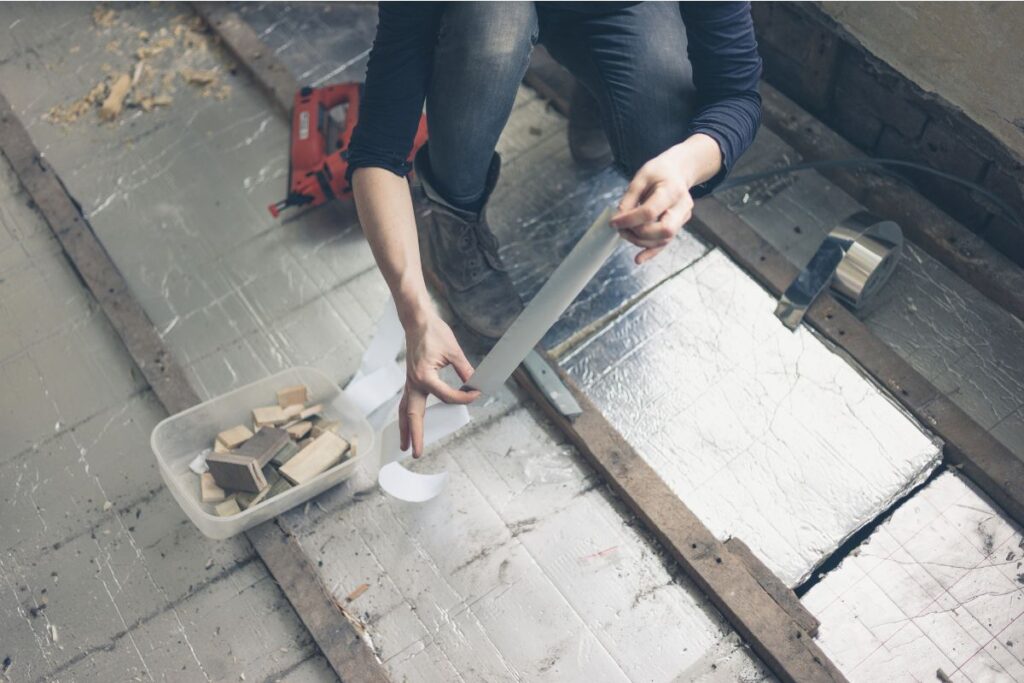
If you’re installing on a concrete floor (such as a garage) the most common method is to add battens and fill in with insulation, just as you would a wall.

Floor insulation generally provides less bang-for-buck than other insulation methods, and most homes won’t need work in this area. However, if you’re converting an unheated room it will be required by building regulations – in which case it absolutely is worth it.

